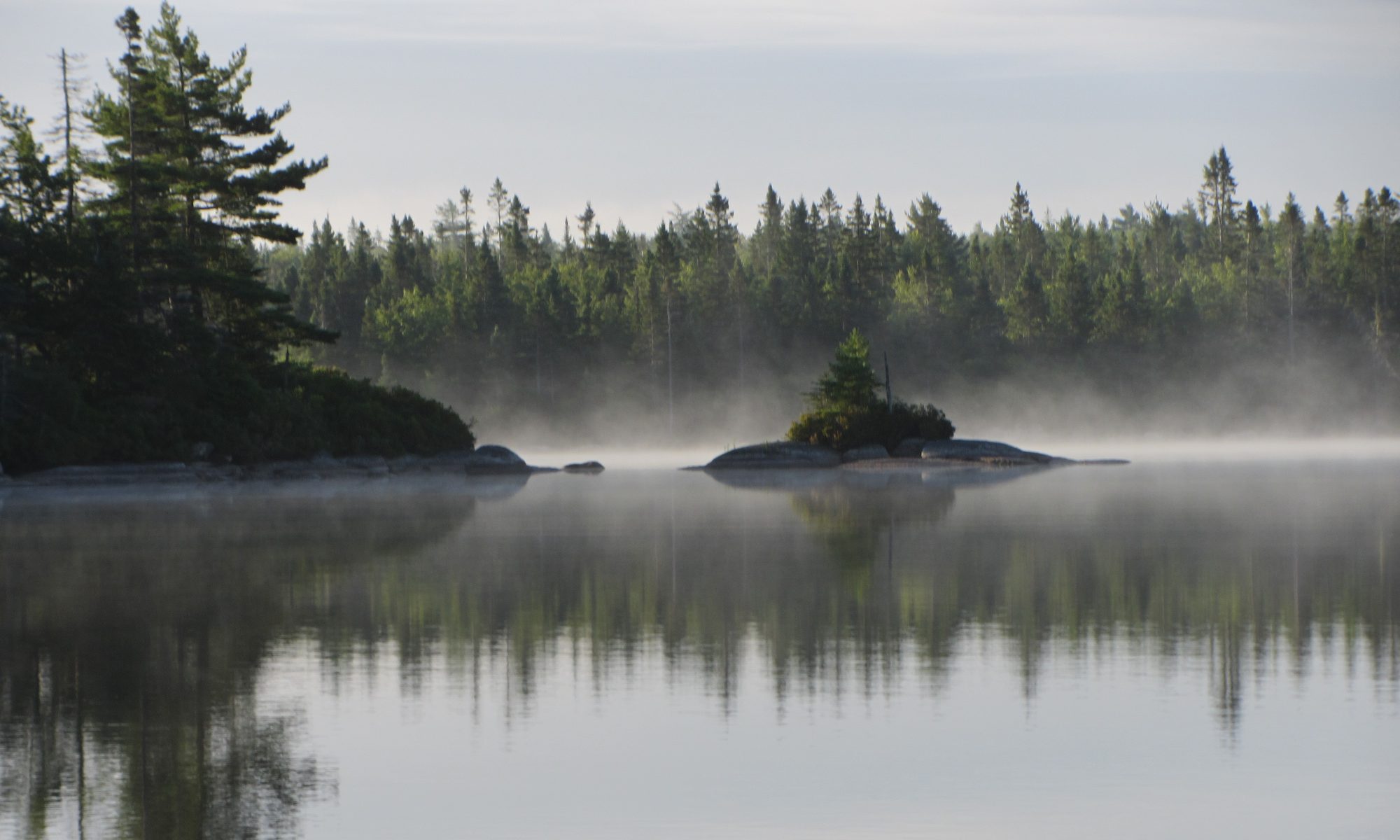Trail widening – occurs most often when trail users walk along the edge of the trail rather than the centre line of the trail. Trail users often do this in order to avoid wet areas – it is always best, and a Leave No Trace practice, to walk in the middle of the trail even if it is wet or soggy. Trail users are requested to do so – wearing proper footwear should address any issues with wet or soggy areas on the trail. If there are areas that cannot be walked on, especially during rainy periods, please let WRWEO know about them so we can address them with trail hardening techniques such as using found stone to harden the trail and provide a dryer path forward.
Trail braid / braiding – occurs when trail users create multiple paths that all go in the same direction and split off and then rejoin the main trail. This often happens when trail users encounter a tree and some people go on one side of the tree and others go on the other side of the tree. Trail braids damage and degrade the wilderness – destroying plants and leading to erosion.
Trail spurs – occur when trail users go off the trail, spurs sometimes go to the waters edge (dog walkers or bathing) or to a look-off but sometimes they don’t go anywhere. Trail spurs damage and degrade the wilderness – destroying plants and leading to erosion. Trail spurs can cause problems for trail users who may follow a trail spur thinking it is the main trail and may become lost or disoriented.
Why is this important – we need to conceptualize the trail as a wound in the wilderness – your job is to minimize that wound, water flow will follow the trails that are created and lead to more and more erosion. A wide trail, trail braids and spurs reduce the growth of plants and impact the wilderness.

